Material Durability and Hardness
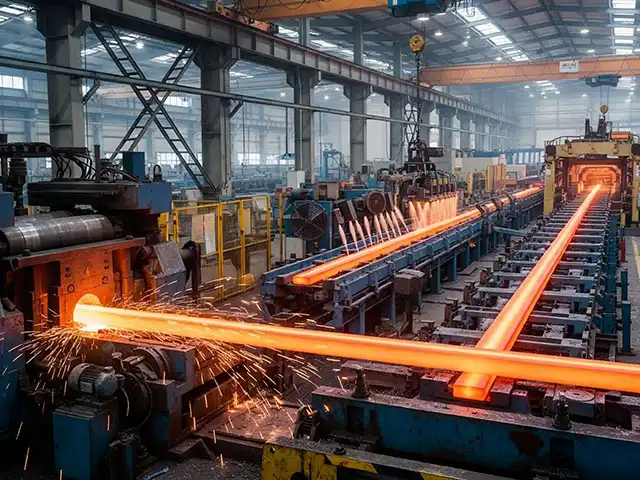
High-strength alloys: Many spare parts, especially those that come into direct contact with hot steel, are made from high-strength, heat-resistant alloys. These materials are designed to withstand extreme temperatures and corrosive environments.
Wear resistance: Parts like rollers, guides, and cutting tools are often made from hardened steel or specialized composites to resist wear and abrasion caused by the movement of the steel bars. This ensures a longer service life and reduces the frequency of replacements.
Heat treatment: Many components undergo specific heat treatments to achieve desired hardness, toughness, and wear resistance, crucial for parts operating under high stress and temperature.
Precision Engineering and Manufacturing
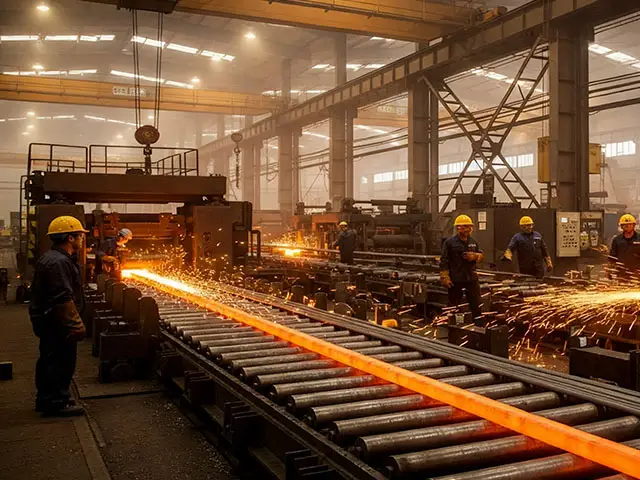
Tight tolerances: Spare parts for steel bar production lines are manufactured with extremely tight tolerances to ensure perfect fit and optimal performance within the machinery. This precision is vital for maintaining the accuracy of the rolling process and the final dimensions of the steel bars.
Balanced design: Rotating parts, such as rollers and gears, are often balanced to minimize vibration and ensure smooth operation, which contributes to the quality of the finished product and reduces wear on other components.
Surface finish: Critical surfaces are often finely ground or polished to reduce friction, improve wear resistance, and enhance the overall efficiency of the equipment.
Specific Functionality and Design

Rollers: These are perhaps the most critical spare parts. They are designed in various shapes (e.g., round, oval, square, flat) to gradually reduce the cross-section of the steel billet and form the desired bar shape. They feature specific groove designs and materials for different rolling stages (roughing, intermediate, finishing).
Guides: These parts direct the steel bars accurately between rolling stands, preventing misalignments and ensuring a smooth flow through the line. They are often made from wear-resistant materials and designed to minimize friction.
Shear blades and cutting tools: Used for cutting billets or finished bars, these require extreme hardness and sharpness, often made from specialized tool steels or carbide.
Bearings and bushings: These support rotating shafts and reduce friction. They are selected for their load-bearing capacity, resistance to high temperatures, and ability to operate in harsh environments.
Gears and drive components: Essential for transmitting power, these are robustly designed to handle high torques and continuous operation.
Compatibility and Standardization
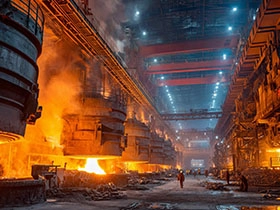
OEM specifications: Many spare parts are manufactured to meet original equipment manufacturer (OEM) specifications to ensure perfect compatibility with existing machinery. This is crucial for seamless integration and optimal performance.
Standardized dimensions: While specialized, many components adhere to industry standards, allowing for easier sourcing and replacement.
Interchangeability: Where possible, parts are designed to be interchangeable, simplifying maintenance and reducing downtime.
Lubrication and Cooling Features
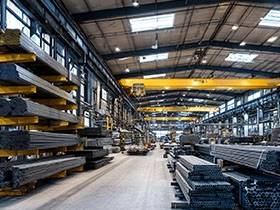
Channels and ports: Some parts are designed with internal channels or ports for the circulation of lubricants or cooling fluids, essential for managing heat and reducing friction in high-temperature applications.
Seals and gaskets: These prevent the ingress of contaminants and the egress of lubricants or coolants, protecting critical internal components.
Quality Control and Traceability

Strict quality checks: Manufacturers of spare parts for steel bar production lines often implement rigorous quality control measures, including material testing, dimensional checks, and performance testing.
Batch identification: Parts are typically marked with batch numbers or serial numbers for traceability, allowing for monitoring of their performance and identifying potential issues.
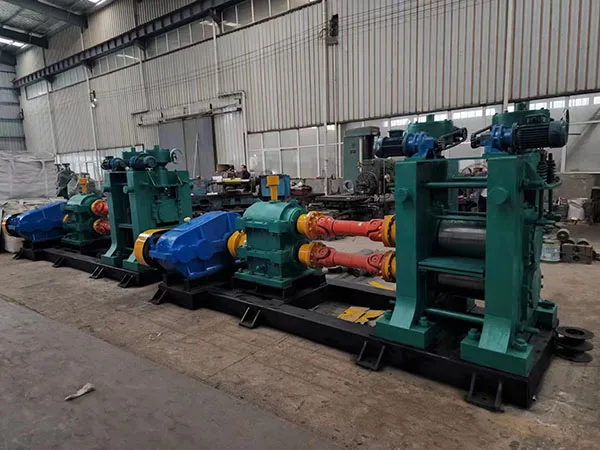
A Complete Analysis of the Cold Rolling Process: From Raw Materials to High-precision Finished Coils
Read more
Cold Rolling Mill Working Principle Explained: A Complete Beginner’s Guide
Read more
Cold Rolling Mill Price Guide 2025: Key Cost Factors Every Buyer Should Know
Read more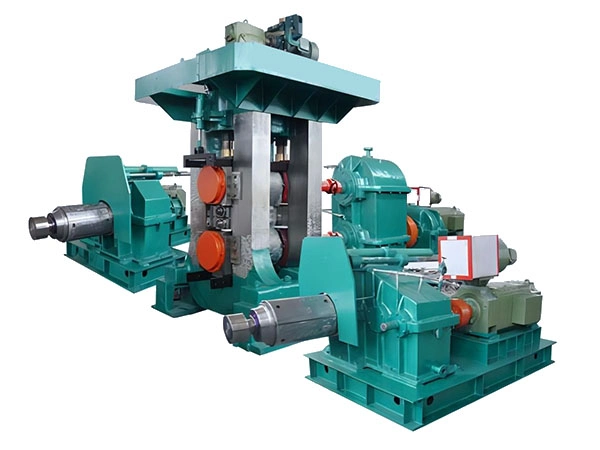
Steel Bar Production Line vs Traditional Processing: Maximize Efficiency, Quality & Profitability
Read moreIf you have any product related questions, please feel free to call us at any time

With 30 years of professional experience, we customize efficient and energy-saving rolling mill production lines, providing you with one-stop service from design to installation and commissioning, helping you achieve steady growth in the steel industry.
Go
Top
SHENLONG Machinery · Your Rolling Equipment Expert ·